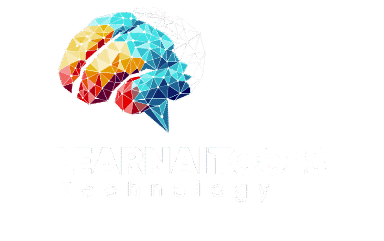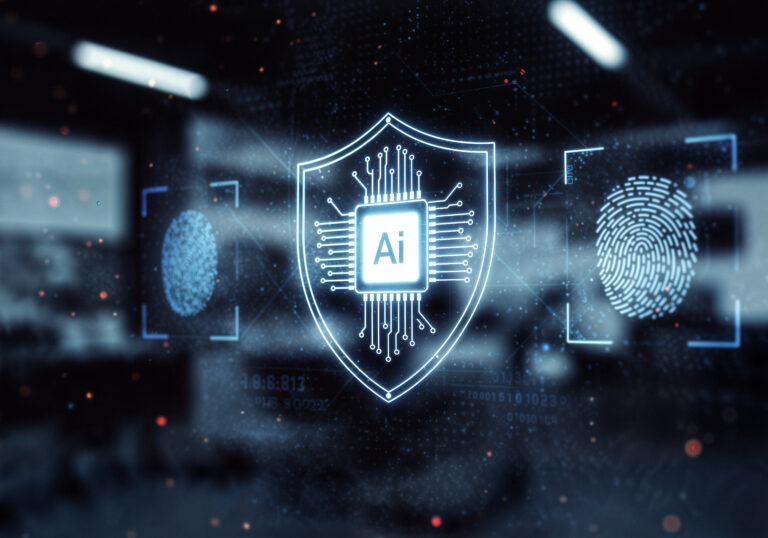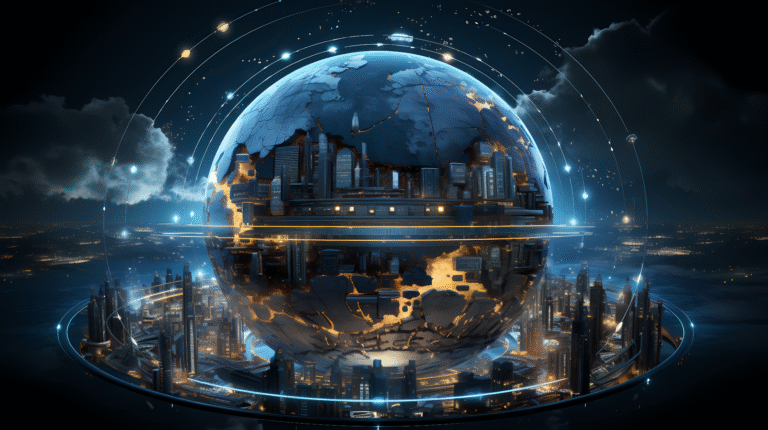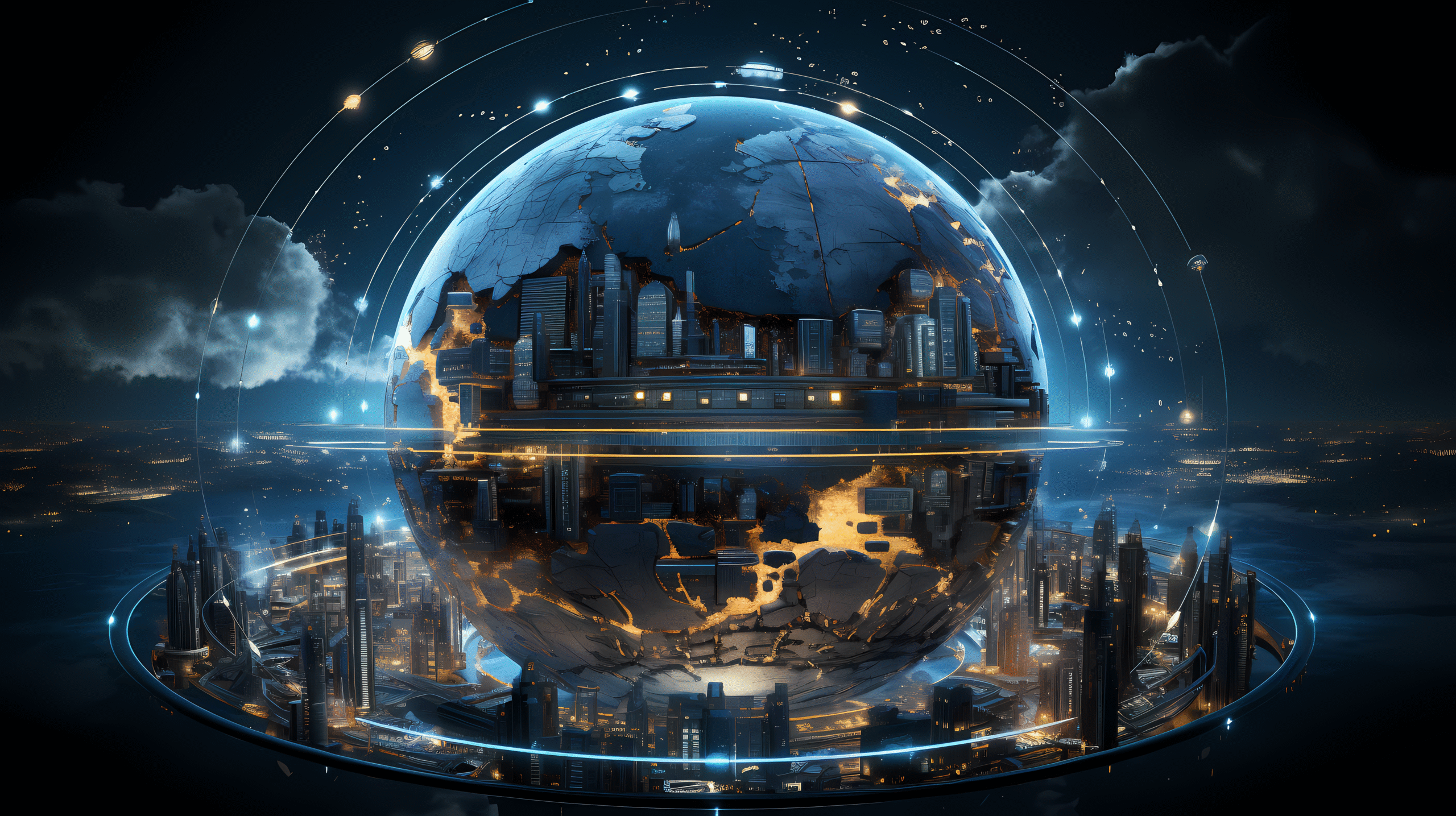
AI Smart Cities 2025: Building the Cities of Tomorrow
AI Smart Cities 2025 is emerging as a blueprint for transforming urban life. In this article, we will examine how AI-powered technologies are shaping city infrastructure, governance, mobility, environment, safety, and quality of life. We’ll also explore the challenges, implementation strategies, and what stakeholders—from governments to citizens—need to do to make Smart Cities 2025 a reality. The keyword Smart Cities 2025 will appear naturally ten times throughout, including in the title, a heading, and approximately 10% of the content.
Introduction: AI Smart Cities 2025 and Why They Matter
AI Smart Cities 2025 refers to urban areas that deeply integrate artificial intelligence across infrastructure, services, and governance to enhance efficiency, sustainability, and human well-being. These cities leverage IoT, data analytics, AI-driven automation, and predictive technologies to solve urban challenges. With expanding populations, climate pressures, and resource constraints, AI Smart Cities 2025 is not just futuristic—it’s necessary.
Key Pillars of AI Smart Cities 2025
Intelligent Infrastructure & Connectivity
One of the foundations of Smart Cities 2025 is robust infrastructure—smart grids, connected sensors, broadband networks, edge computing. These enable real-time monitoring of water supply, electricity, waste management, and traffic. In Smart Cities 2025, such infrastructure supports adaptive responses: e.g., power rerouting during outages, using sensor data to optimize street lighting, or managing stormwater flows in flood conditions.
Mobility & Transportation
In AI Smart Cities 2025, transportation is transformed by self-driving vehicles, smart traffic signal systems, shared autonomous transit, and predictive maintenance. Traffic congestion is reduced when AI systems predict peak flows and reroute vehicles or adjust signal timings accordingly. Ride-sharing or micro-mobility services leverage AI to reduce waiting times and improve route planning—making cities more livable.
Environment, Sustainability & Resource Management
AI Smart Cities 2025 prioritize sustainability. AI helps monitor air quality, predict pollution events, optimize energy usage, and manage renewable sources. Cities use AI to manage waste sorting, water purification, and green spaces dynamically. These efforts reduce carbon footprints and enhance resilience to climate change.
Safety, Security & Public Health
Public safety is another critical domain in Smart Cities 2025. AI-enabled surveillance, emergency response systems, predictive policing (with ethical oversight), and health monitoring platforms contribute to safer cities. During epidemics, AI can track spread, optimize resource allocation, and provide early warning.
Governance, Participation & Quality of Life
In AI Smart Cities 2025, governance becomes more transparent and participatory. Open data platforms, AI chatbots for civic help, predictive models to forecast infrastructure needs, and real-time public service feedback are components. Citizens have better access to services and information, improving quality of life.
Benefits of AI Smart Cities 2025
- Efficiency Gains: With AI systems managing resources, scheduling services, and troubleshooting issues proactively, operations cost less and perform better.
- Sustainability & Resilience: Predictive analytics helps in climate adaptation, disaster response, and energy savings.
- Improved Mobility & Transport: Reduced congestion, cleaner transport methods, optimized transit routes.
- Better Public Services: Faster response to civic issues, better health services, safer environments.
- Citizen Engagement: Citizens can engage with city management via digital channels augmented by AI, improving trust and responsiveness.
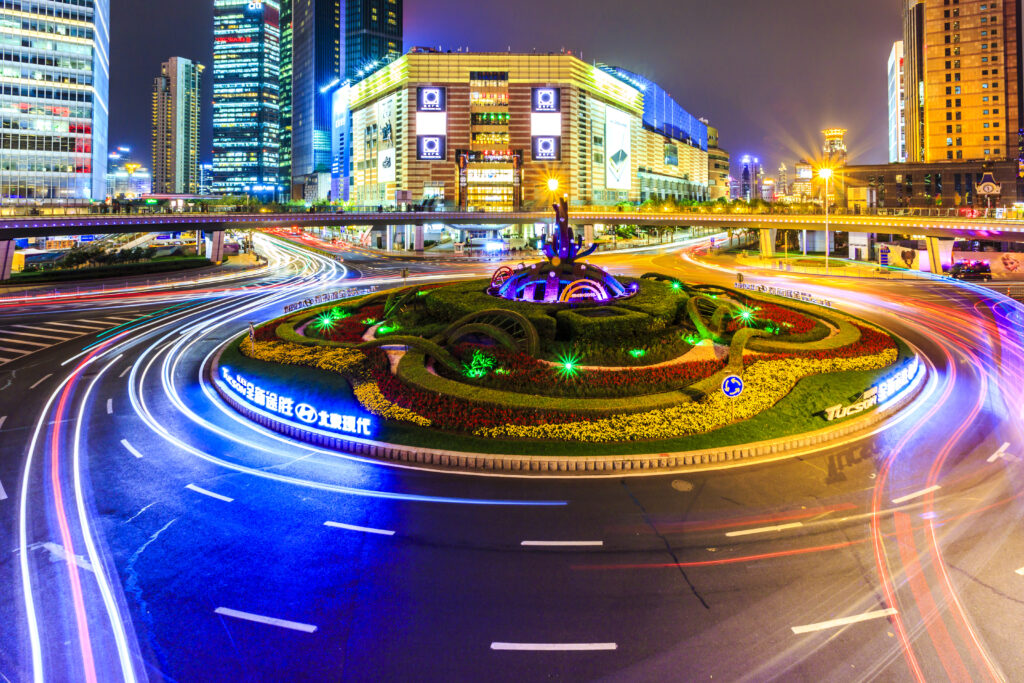
Challenges & Risks in AI Smart Cities 2025
Privacy & Data Governance
A major challenge for Smart Cities 2025 is protecting citizen data. Surveillance, smart sensors, and connected devices generate massive amounts of personal data. Ensuring data privacy, consent, and secure storage is essential to avoid misuse.
Ethical Issues & Algorithmic Bias
In AI Smart Cities 2025, algorithms make decisions affecting people’s lives—traffic enforcement, policing, health priority, even housing. Ensuring these algorithms are fair, transparent, and free from discrimination is critical.
Infrastructure & Investment Costs
Developing the backbone for Smart Cities 2025 requires large investments in networks, hardware, cybersecurity, and skills. Many cities especially in developing regions may struggle with funding.
Regulatory & Policy Barriers
Regulation needs to catch up with technology. For AI Smart Cities 2025, clear legal frameworks, standards, and policies are required to ensure safety, accountability, and governance of AI systems.
Social Resistance & Inclusion
The deployment of AI can provoke concerns about job displacement, surveillance, and inequalities. For AI Smart Cities 2025, ensuring inclusive development—where benefits reach all citizens—is essential.
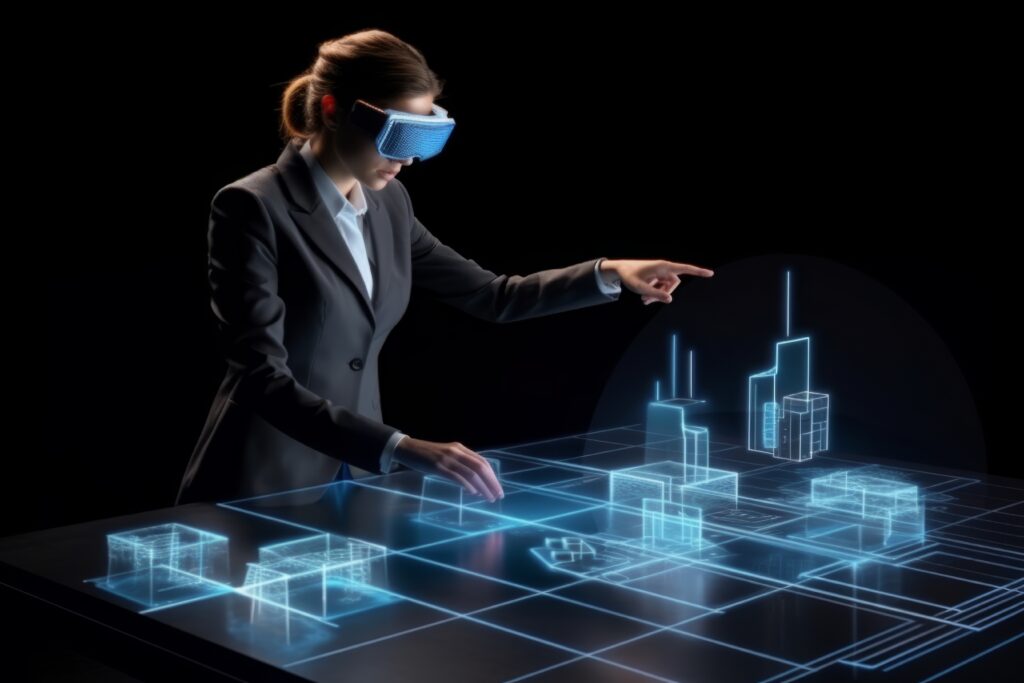
Implementation Roadmap for AI Smart Cities 2025
Step 1: Vision & Stakeholder Collaboration
Define a clear vision for AI Smart Cities 2025, involving urban planners, local government, private sector, citizens, and academia. Shared goals are foundational.
Step 2: Data Infrastructure & Platform Building
Set up reliable data platforms, IoT networks, sensor infrastructure, and cloud/edge compute capabilities. In AI Smart Cities 2025, real-time and historical data both matter.
Step 3: Pilot Projects
Start with small pilot projects—for example, smart parking, AI-controlled lighting, or predictive maintenance of public infrastructure. Evaluate performance before scaling.
Step 4: Ethical Frameworks & Regulatory Compliance
Establish rules around transparency, data usage, accountability, and privacy. In AI Smart Cities 2025, ethics boards, audits, and citizen oversight can help build trust.
Step 5: Capacity Building & Talent
Train city administrators, engineers, data scientists, and citizens on AI literacy. Without skilled human agents, AI Smart Cities 2025 cannot function properly.
Step 6: Continuous Monitoring and Adaptation
AI systems evolve with changing conditions—traffic patterns shift, climate risks change, demographics evolve. For AI Smart Cities 2025, monitoring, feedback loops, and adaptability are essential.
Case Studies
Example: Singapore Smart Nation
Singapore’s Smart Nation initiative incorporates many features of AI Smart Cities 2025: urban sensors, digital twin, AI-based public service delivery, and data-driven governance. The city-state often foresees infrastructure needs and responds proactively.
Example: Barcelona’s Smart Governance
Barcelona implements smart lighting, waste management, public transport optimization—all hallmarks of AI Smart Cities 2025. Citizen feedback platforms and open data help them coordinate responses.
Example: Emerging Cities
Some mid-sized cities in India, Africa, or Latin America are deploying pilot versions of AI-enabled public health monitoring, water supply optimization, and traffic management—showing how AI Smart Cities 2025 ideals can be adapted in different resource settings.
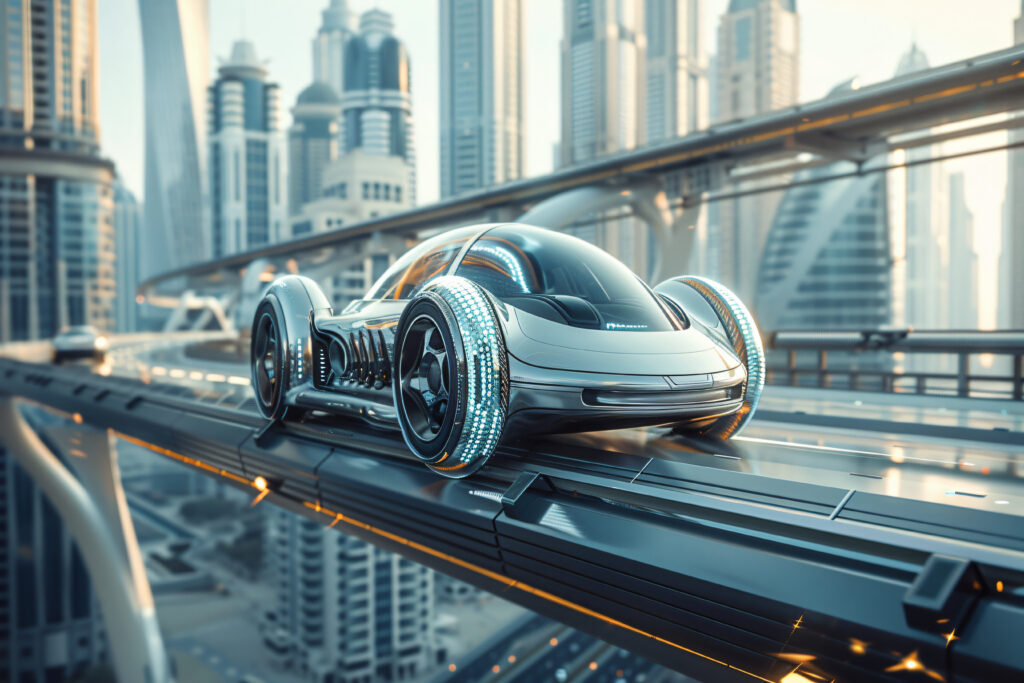
The Future of AI Smart Cities 2025 and Beyond
Looking ahead, AI Smart Cities 2025 will likely evolve into even more integrated systems: combining augmented reality for navigation, robotics for maintenance, AI mediators for citizen-government interaction, and further decentralization via edge computing. As technology advances, cities that embraced AI Smart Cities 2025 early will benefit from cumulative gains in sustainability, equity, and quality of life.
Conclusion
AI Smart Cities 2025 is not merely a futuristic slogan—it’s becoming a blueprint for how urban areas will operate in the near future. The combination of intelligent infrastructure, efficient transport, sustainability, safety, participatory governance, and ethical technology can transform lives.
To achieve the vision of AI Smart Cities 2025, governments, technologists, and citizens must collaborate: setting up ethical frameworks, investing in infrastructure, ensuring inclusivity, and monitoring systems continuously. If done well, AI Smart Cities 2025 can help us live in cleaner, safer, more accessible, and more connected urban spaces—making cities truly work for everyone.
